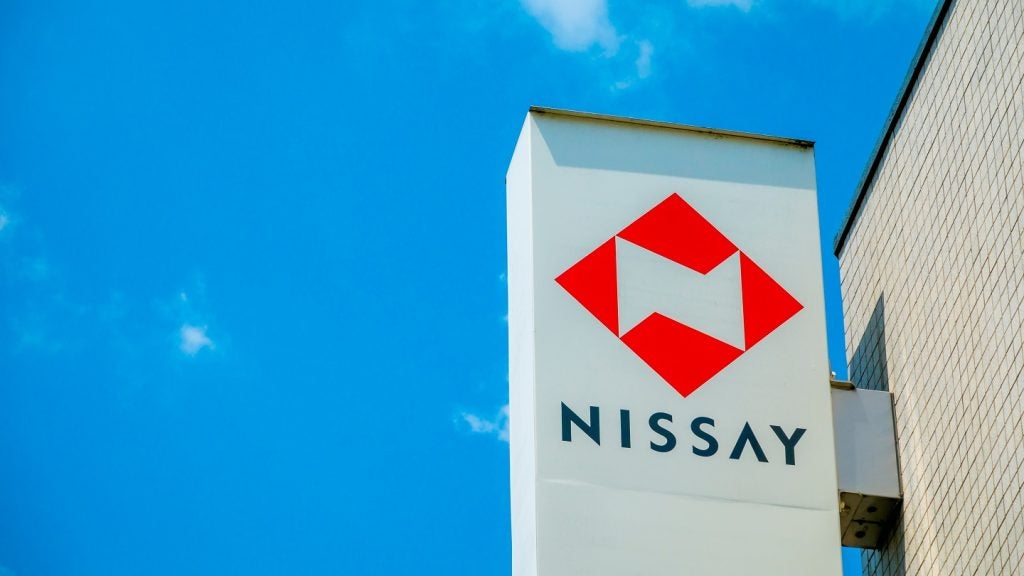Equity-indexed annuities,
which peg an investor’s rate of return to a market index with a
minimum guaranteed rate, are among the fastest-growing annuity
product sets in the US market.
 In fact, an indexed annuity
In fact, an indexed annuity
leads bank channel sales for the first time in the eight years that
index annuity research firm Beacon Research has tracked the annuity
market. That is even more impressive when you consider that US
sales of fixed annuities reached an estimated $19.5bn in the third
quarter, according to data from the Beacon Research Fixed Annuity
Premium Study.
While a 0.3% increase kept
sales essentially flat quarter-to-quarter and, relative to the
third quarter of 2009, results were 12% lower, indexed annuities
were a bright spot.
The third quarter’s indexed
annuity sales climbed to $8.6bn – their second consecutive
eight-year record – and hit a record-high 44% of fixed annuity
sales. The estimated results of the other product types were: book
value annuities with $6.9bn in sales; fixed income annuities with
$2.3bn in sales, and market value-adjusted annuities with $1.8bn in
sales.
Compared to the third quarter
of 2009, indexed and income annuity results advanced 17%, while
book value annuities and market-value sales were down 31% and 39%,
respectively.
How well do you really know your competitors?
Access the most comprehensive Company Profiles on the market, powered by GlobalData. Save hours of research. Gain competitive edge.

Thank you!
Your download email will arrive shortly
Not ready to buy yet? Download a free sample
We are confident about the unique quality of our Company Profiles. However, we want you to make the most beneficial decision for your business, so we offer a free sample that you can download by submitting the below form
By GlobalDataInvestors still
scared
“In most distribution
channels, equity-indexed annuities compete with fixed-rate
annuities,” Judith Alexander, director of sales and marketing at
Beacon Research, told LII.
“In today’s interest rate
environment, however, they don’t do as well, so equity-indexed
products, which offer lifetime guaranteed withdrawal benefits,
outperform them,”
“People are really worried
about funding their retirements, and look at the mutual fund
outflows and yet people are pouring money into bonds. There are
still so many people out there are scared, despite the market’s
improvement.”
On a year-to-date basis,
indexed annuities also set Beacon study records for both sales and
share of sales. Estimated year-to-date results by product type
were: indexed annuities at $23.4bn; book value annuities at
$21.0bn; fixed income annuities at $6.5bn; and market
value-adjusted annuities at $4.5bn.
Income annuity sales improved
7% and indexed annuities were up 4% compared to year-to-date 2009.
Book value sales fell 51%, and market value-adjusted annuities
dropped a whopping 65%. Indexed annuities claimed a staggering 42%
of year-to-date 2010 sales.
Index annuities are insurance
products that credit interest based on gains of a market index,
such as the Standard and Poor’s 500 (S&P 500), but protect
principal if the index goes down.
 They do not invest
They do not invest
directly in stocks but combine fixed-income investments and
derivatives such as options and swaps tied to an index. This is how
they can promise preservation of principal or even a minimum return
with the potential for higher gains.
As a rule, newer index
annuities capture only a portion – sometimes a small portion – of
the gains of an index. Many sellers, who typically earn commissions
from 5% to 9% or higher, gloss over this point. Other drawbacks
include lengthy surrender charges, some 15 years or longer, and the
complexity of the formulas to credit returns.
“We don’t really think
indexed annuities are doing well because people are attracted to
the upside potential; it is more the guarantee that you won’t lose
money,” Alexander said.
“We see more money moving
into indexed annuities because people are wanting the guaranteed
lifetime benefits.”
Given the strength of indexed
annuities in third quarter, Alexander said it is not surprising
that they dominated the top product list.
An indexed annuity from Aviva
USA – BalancedAllocation Annuity 12 – joined the top five in fifth
place. The remaining top products were also second quarter
bestsellers, though some rankings shifted.
The Allianz MasterDex X
indexed annuity remained the leading product. Lincoln Financial
Group’s New Directions (also an indexed annuity) moved up four
places to come in second.
Another indexed product,
American Equity’s Retirement Gold, took third place. The New York
Life Income Annuity came in fourth.
In its third quarter results
analysis, Beacon covered sales of more than 500 indexed annuity
products, a study record.
Allianz moved up a notch to
become the third quarter’s sales leader, replacing New York Life,
which came in third. Aviva advanced to second from third
place.
American Equity moved up a
notch to come in fourth. Lincoln Financial Group rounded off the
top five.
With these retirement savings
and income products, an insurance company invests most of the
principal in bonds to ensure the policy will generate a small
annual return but the insurer uses a small portion of the premium
to buy options in a stock market index, primarily the S&P
500.
Options that are exercised
can result in additional interest credited to a policy, potentially
more than an investor might achieve through other fixed-income
investments.
Indexed annuities have grown
to represent 41% of the fixed-annuity market, according to Joseph
Montminy, assistant vice-president for annuity research at
financial services industry organisation Limra, which separately
releases annuity sales data.
“This is the ideal market for
indexed annuity sales,” Montminy said.
“There is lots of volatility
in the equities markets, coupled with low credited rates and
declining interest rate spreads on traditional fixed-rate
annuities.”
Charles
Davis







